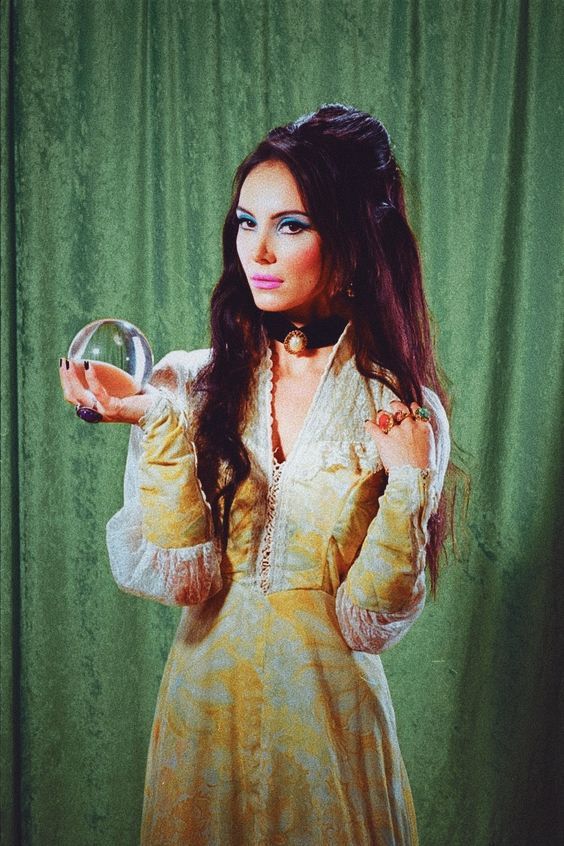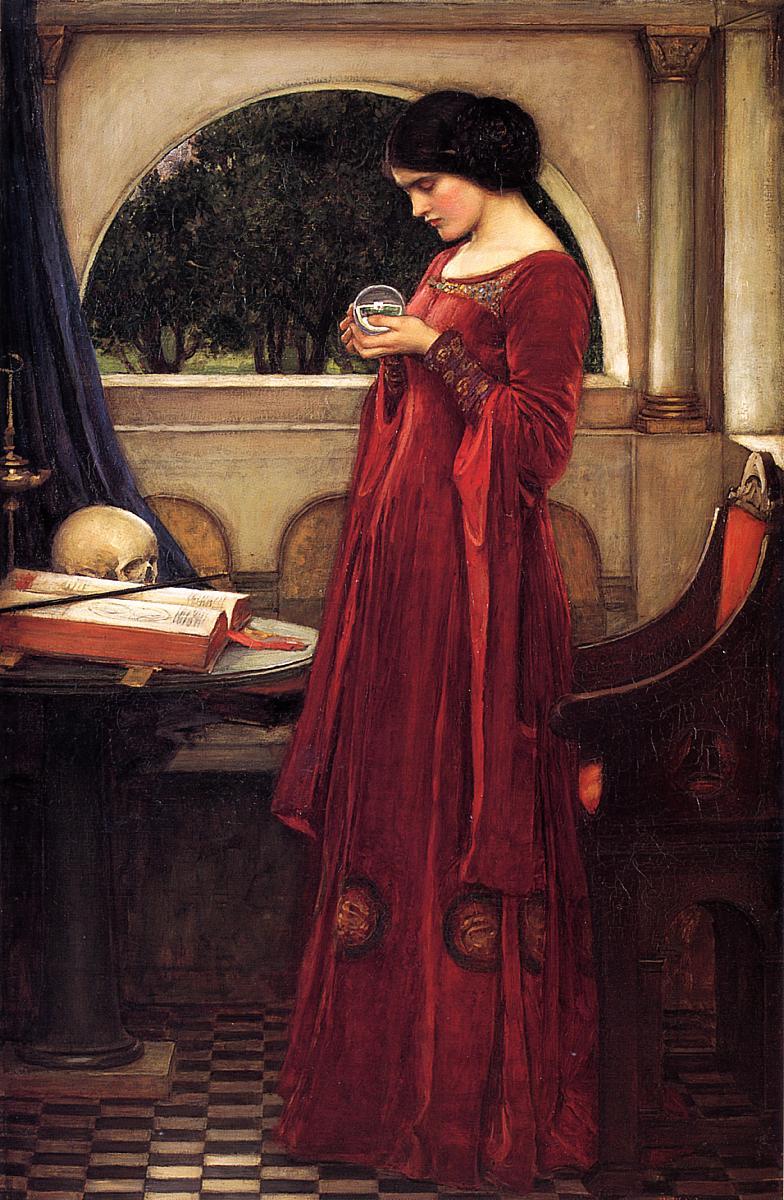“End of the pier, end of the bayYou tug my arm, and say “Give in to lust, give up to lustOh, heaven knows we’ll soon be dust”Oh, I’m not the man you think I am…
 Aubrey Beardsley, How a Devil in Woman’s Likeness Would Have Tempted Sir Bors, for “Le Morte d’Arthur” by Thomas Malory, 1893, pen, ink and wash
Aubrey Beardsley, How a Devil in Woman’s Likeness Would Have Tempted Sir Bors, for “Le Morte d’Arthur” by Thomas Malory, 1893, pen, ink and wash
Aubrey Beardsley’s pen and ink illustration “How a Devil in Woman’s Likeness Would Have Tempted Sir Bors” for Thomas Malory’s “Le Morte d’Arthur” is as visually striking as it is interesting when one knows the literary background of it.
This particular illustration illustrates the scene where Sir Bors, one of the knights of the round table, is displaying his virtuous character and his determination to keep the vow of celibacy despite the temptations. A beautiful lady has asked Sir Bors to ‘lay with her’, which he refused and then she threatened to kill herself by jumping off of the castle battlement alongside her devoted maiden-companions. When they do jump from the tower, Sir Bors sees that they were nothing but demons wearing masks of beautiful ladies to tempt him. In Beardsley’s illustration we don’t see the moment when they jump from the tower, nor the moment of metamorphosis from beautiful women to demons, which would be an interesting illustration to see, but instead we have a scene where the women are on the castle battlement, looking down at Sir Bors, luring him with their beauty and long hairs. One is even seen reaching down towards him with her bracelets-adorned arm.
There is a beautiful, playful interchange of silhouettes and patterns in Beardsley’s illustration. Take a look at the ladies’ hairstyle, for example; while one lady’s hair is black from ink, the one next to her has a hairstyle drawn in wave-like lines. The scene is visually divided in two with Sir Bors occupying the space on the left half of the drawing and the figures of the ladies and the castle are dominating the space of the other half of the drawing. It is almost as if they are looming over poor Sir Bors who, I must say, looks rather weak and effeminate in Beardsley’s imagination. If I didn’t know the literary background of the illustration, I would never have guessed that it is a tale about Sir Bors’ integrity and determination. Perhaps he is clad in his armour, and perhaps he is holding his shield and sword, but his longish hair and downward gaze make him look more like a lost and frail flower child.
There’s not a lot of other details going on in the scene apart from those which are crucial for portraying the scene, but still the ones which are there beautifully fulfill the illustration. There are flowers growing on the meadow on which Sir Bors is standing, there are roofs of the houses in the village in the distance, and on the far left there is a row of trees with very intricately drawn leaves. One bird is seen flying ominously in the sky. Very foreboding. The overall mood of the scene is strange, a tad unsettling; the knight is effeminate, the Lady, accompanied with her maides, is too aggresive, leaning over the castle battlement and displaying her charms, leaving him with no choice almost; “she is too rought and he’s too delicate”, to paraphrase The Smiths’ song. I can almost hear the Lady looking down at Sir Bors and telling him “Oh give up to lust, heaven knows we’ll soon be dust!” Oh perhaps the Lady “knows the quick and easy way”, but Sir Bors is not the man she thinks he is! And he has proved that in the end. Typical for the decadence of the fin de siecle; the honour and chivalry of the Pre-Raphaelites had dissolved into a strangeness, like the face of Coraline’s other mother in the movie when it transforms from normal and lovely mother to a monster. In the imagination of the fin-de-siecle artists the image of a good and pure woman has been warped into the image of a man-eater and a femme fatale.
And here is a fragment of the chapter XII from the Book XVI:
“ALAS, said she, Bors, shall ye not do my will? Madam, said Bors, there is no lady in the world whose will I will fulfil as of this thing, for my brother lieth dead which was slain right late. Ah Bors, said she, I have loved you long for the great beauty I have seen in you, and the great hardiness that I have heard of you, that needs ye must lie by me this night, and therefore I pray you grant it me. Truly, said he, I shall not do it in no manner wise. Then she made him such sorrow as though she would have died. Well Bors, said she, unto this have ye brought me, nigh to mine end. And there with she took him by the hand, and bade him behold her. And ye shall see how I shall die for your love. Ah, said then he, that shall I never see.
Then she departed and went up into an high battlement, and led with her twelve gentlewomen; and when they were above, one of the gentlewomen cried, and said: Ah, Sir Bors, gentle knight have mercy on us all, and suffer my lady to have her will, and if ye do not we must suffer death with our lady, for to fall down off this hightower, and if ye suffer us thus to die for so little a thing all ladies and gentlewomen will say or you dishonour. Then looked he upward, they seemed all ladies of great estate, and richly and well beseen. Then had he of them great pity; not for that he was uncounselled in himself that lief er he had they all had lost their souls than he his, and with that they fell a down all at once unto the earth.“





















